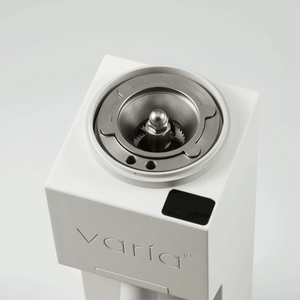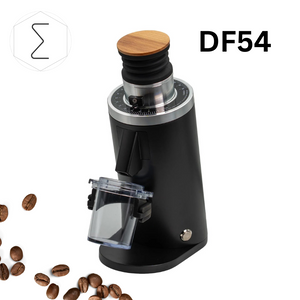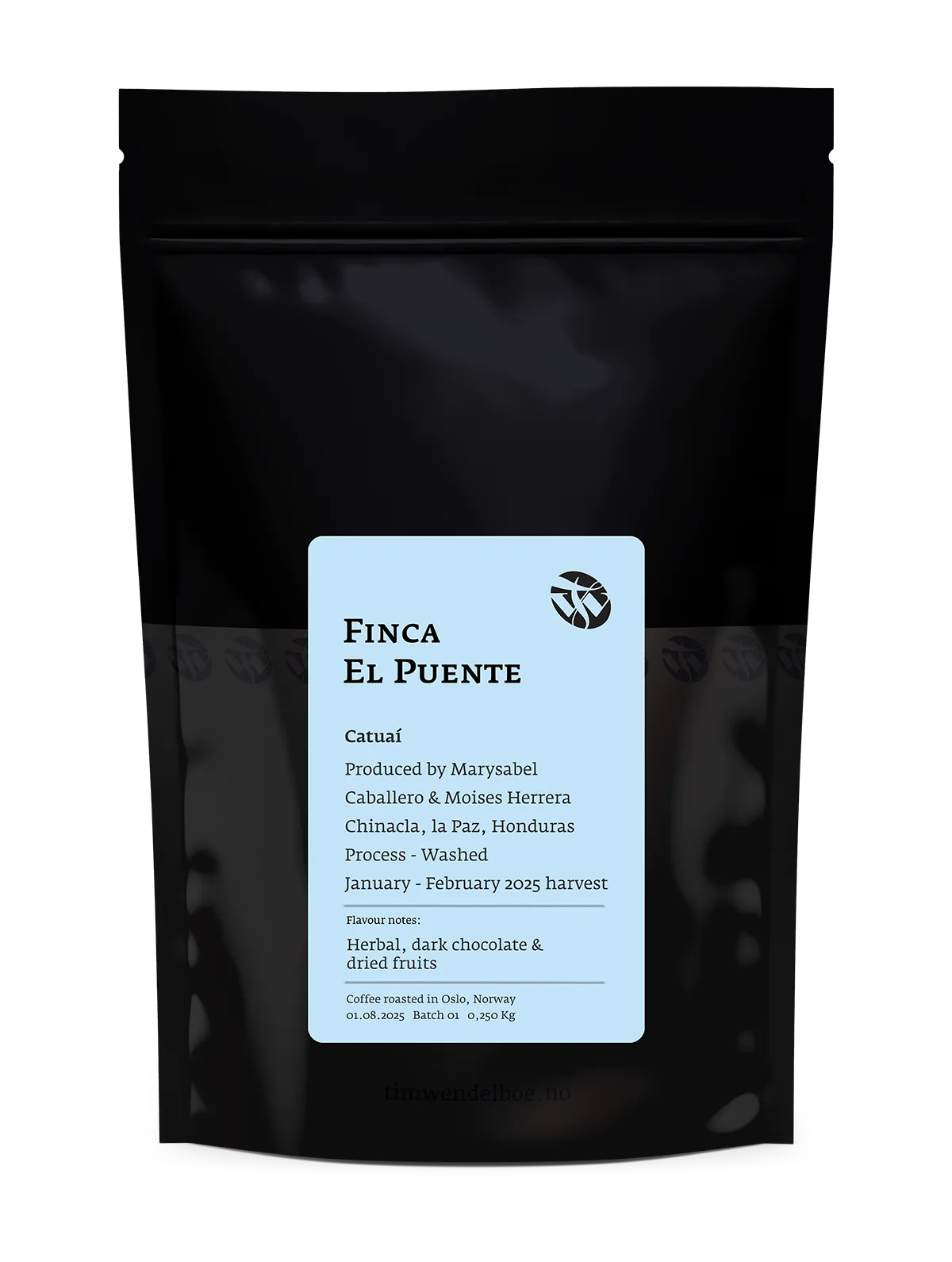Anbieter Tim Wendelboe
Finca El Puente Catuai
Origin - Honduras, Chinacla, La Paz
Variety - Catuai
Producer - Marysabel Caballero & Moises Herrera
Process Method - Washed
Beschreibung
Catuai, Washed - Finca El Puente
Marysabel and Moises produce a large amount of Catuaí, but not every lot is processed the same way. Some are dried on patios, others in mechanical dryers, and some on raised beds under shade. Since Tim Wendelboe began buying coffee from Finca El Puente, a shared protocol has been developed with Marysabel and Moises for separating, processing, and—most importantly—drying and storing the coffees selected. Today, many Catuaí lots are produced according to these protocols, specifically prepared for Tim Wendelboe to choose from.
Every lot Tim Wendelboe buys is shade-dried on raised beds, hand-sorted, and milled with great care. This attention to detail shows in the cup. Moises was the first to let Tim Wendelboe experiment with shade drying, which revealed that coffee stays fresh for longer and tastes much cleaner compared to patio or mechanically dried lots. In recent years, Moises has applied some of these principles to improve both the quality and shelf life of mechanically dried coffees as well.
Picking and Sorting
Ripe cherries are handpicked by local workers, who are paid extra to separate ripe from unripe cherries during picking. Sorting is done at the farm by placing cherries in separate bags.
Depulping, Fermentation & Washing
Cherries are depulped in the afternoon. A mechanical mucilage remover partially removes the mucilage, after which the coffee ferments overnight. The remaining mucilage is then washed off in clean water channels, which also help separate floaters and less developed beans from the denser ones. Excess water is removed using a centrifuge before drying begins.
Drying
The coffees chosen by Tim Wendelboe are dried slowly on raised beds under shade nets near Marysabel and Moises’ home in Marcala, where the climate is drier than at the wet mill higher up in the mountains. During drying, the coffees are raked throughout the day for even drying, then covered at night to prevent condensation. Once fully dried, the coffee is stored in airtight GrainPro bags before milling, vacuum-packing, and shipping to Norway.
What does 'Filter' or 'Espresso' Roast mean?
Typically filter is roasted lighter than espresso, though this is not always the case. Several factors play into what brands a Manhattan coffee as 'filter' or 'espresso', which includes the roast profile - i.e. how the beans are roasted, not just how developed a roast it is. It doesn't preclude you from using the beans for espresso though!


